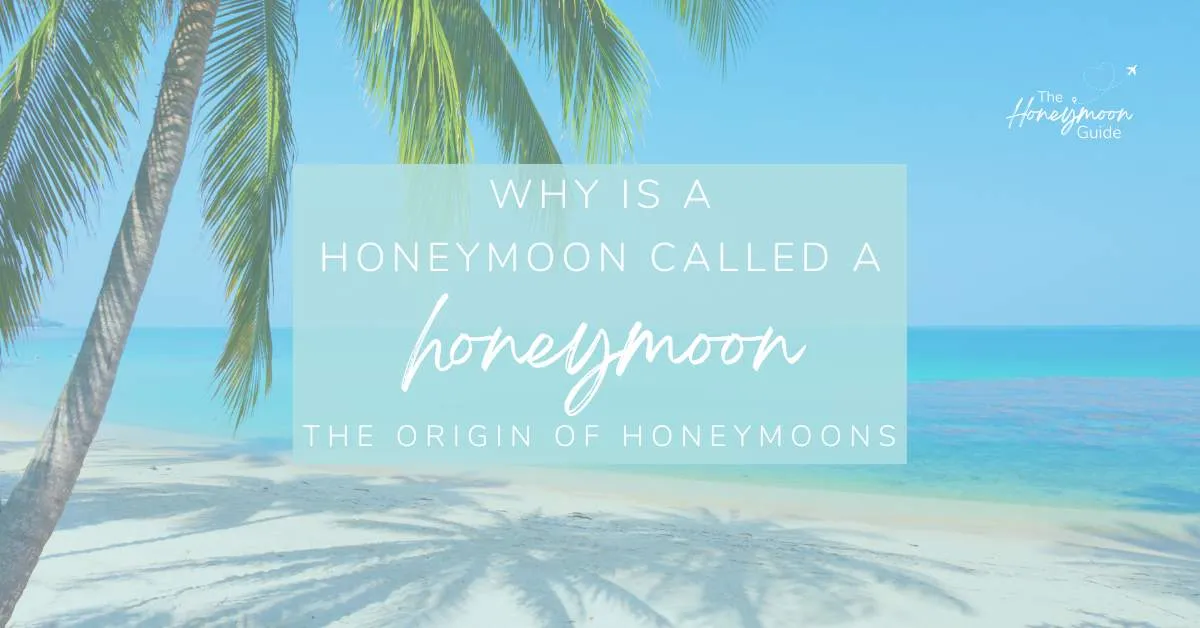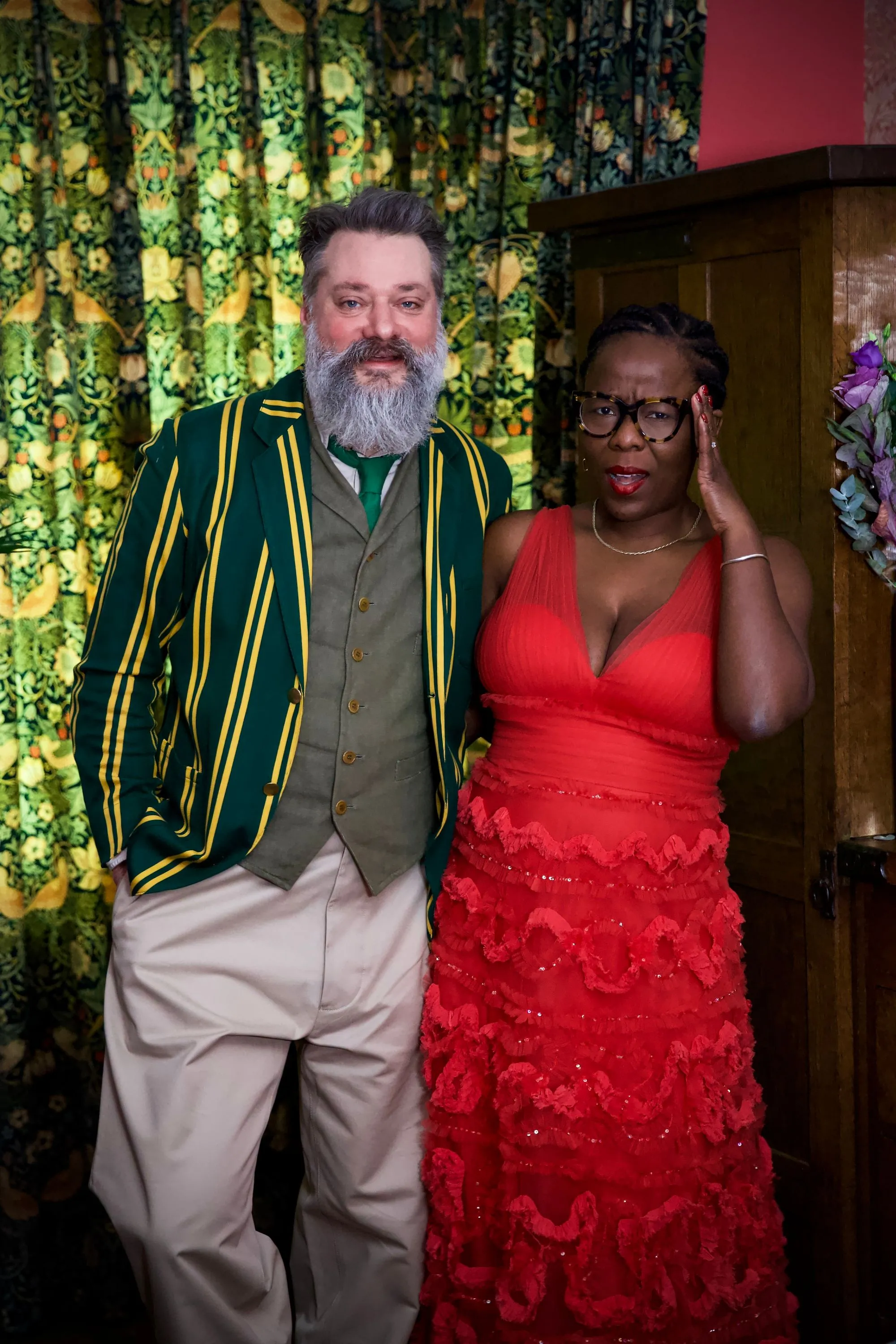What is the Origin of the Term Honeymoon?
The term ‘honeymoon’ evokes images of romantic getaways, blissful beginnings, and the sweet start of a marriage. But have you ever wondered about the origin of the term? The history of ‘honeymoon’ is a fascinating blend of cultural practices, linguistic evolution, and the enduring human fascination with love and marriage. It’s not just about a vacation; it’s about a journey through time, exploring how the traditions and words we use today have been shaped by the past. Understanding the origin of ‘honeymoon’ provides a deeper appreciation for the rituals and meanings associated with the early days of a marriage. This journey reveals the story behind the term, tracing its roots through ancient customs and the influence of language, offering insights into the cultural significance of this beloved tradition.
Early Origins Tracing Back in History
The early origins of ‘honeymoon’ are often traced back to Northern European traditions. In ancient times, newlywed couples would often hide away after their wedding, a practice that served various purposes, from avoiding conflict to solidifying the marriage. This seclusion was a period of adjustment, a time for the couple to begin their life together away from the prying eyes of others. These initial periods were often linked to the lunar cycle, with the moon phase holding symbolic significance, representing renewal and the cyclical nature of life. This early period was a time to bond, establish their new roles and initiate their life as a couple. Therefore, the idea of a dedicated time for the newlyweds to adjust to married life is deeply rooted in historical and cultural practices.
The Mead and the Moon

One of the most significant influences on the term ‘honeymoon’ is the practice of consuming mead, a honey-based alcoholic beverage. Mead was traditionally consumed by the newlyweds during the first month of their marriage, especially in Northern European cultures. The consumption of mead played a vital role in the symbolism surrounding the new marriage. The honey, representing sweetness and fertility, was a key ingredient that further enhanced the significance of the tradition. This practice was often connected with the lunar cycle, with the month following the wedding mirroring the lunar phase. These traditions created a period of sweetness, celebration, and the promise of a fruitful union, and influenced the birth of the term ‘honeymoon’. Images of the moon and honey-based drinks are intertwined in the meaning.
The Mead’s Significance
The significance of mead extended beyond mere celebration. In many cultures, mead was believed to promote fertility and ensure a fruitful marriage. Consuming mead for a month, coinciding with the lunar cycle, was a symbolic act of embracing the potential for growth and new beginnings. The honey itself represented sweetness and the hope for a joyful life together. The consumption of mead also had practical aspects, as it provided a period of relaxation and bonding for the couple. This act of sharing mead together was a bonding practice that became an integral part of the period. This helped the couple to adjust to married life and the responsibilities that came with it. The tradition of mead, therefore, shaped the origin of the word.
Lunar Cycle Influence
The connection between the ‘honeymoon’ and the lunar cycle is more than just a coincidence. The moon, with its phases, has long been associated with cycles of change, renewal, and the passage of time. The month following the wedding, when the newlyweds would consume mead, mirrored the lunar cycle, representing a period of growth, change, and the promise of new beginnings. The moon’s influence was woven into the ritual, symbolizing the cyclical nature of life, marriage, and the hope for the future. This association underscores the deep connection between the term ‘honeymoon’ and ancient beliefs, where natural cycles held profound meaning. The link to the moon and the traditions of consuming mead created the origins of the word honeymoon.
Honeymoon’s Evolution and Language

As languages and cultures evolved, so did the term ‘honeymoon’. The original concepts of a month-long period of seclusion and mead consumption gradually transformed into the modern concept of a romantic getaway. The term’s etymology, blending ‘honey’ (representing sweetness and fertility) and ‘moon’ (symbolizing the passage of time and cycles), highlights its poetic origins. Language, in general, plays an essential role in preserving cultural practices, and the evolution of the word ‘honeymoon’ illustrates this. The word’s journey through time reflects the changing customs and values of different societies. It has survived, adapting to new contexts, all while retaining its core meaning: a sweet beginning and the promise of growth.
How the Term Honeymoon Spread
The term ‘honeymoon’ spread through various channels, including migration, trade, and cultural exchange. As different cultures interacted, traditions and language also mixed. The widespread popularity of the term is a testament to its appeal. As more societies started to adopt the concept of the honeymoon, it changed into something universally understood. The ability of the term ‘honeymoon’ to cross language barriers demonstrates the universal value of love and romance. The spread of the term ‘honeymoon’ illustrates how concepts travel and take root in different societies. It’s a reflection of our shared human experience and the significance of marriage across cultures.
Cultural Variations of Honeymoon
While the term ‘honeymoon’ is widely recognized, its customs vary greatly across different cultures. Some cultures emphasize a longer period of seclusion, while others focus on elaborate celebrations with family and friends. Travel, gift-giving, and special rituals can also vary from country to country, reflecting different cultural values and traditions. From luxurious trips to intimate retreats, the ways couples celebrate the beginning of married life are as varied as the cultures themselves. This global diversity shows the evolution of the ‘honeymoon’ from its origins to its current form. Whether a local stay or a journey across the globe, the meaning of the honeymoon remains constant, a symbol of the beginning of a new shared life.
From Ritual to Romance

The evolution of the ‘honeymoon’ from a ritualistic practice to a symbol of romance reveals how societal values and traditions change. Initially, the purpose of seclusion and mead consumption was more about solidifying the marriage and ensuring fertility. But, over time, the focus shifted toward emphasizing love, connection, and celebrating a new beginning. The emphasis on the ritual has given way to the romantic ideal of a shared adventure, escape, and the creation of memories. This transition reveals the way culture adapts to changing times, retaining the core concepts of the ‘honeymoon’ while evolving its focus. The transformation shows a gradual change in what society considers important in marriage, from practicality to love.
Modern Honeymoon Traditions
Today, ‘honeymoons’ have become an integral part of the marriage experience, characterized by travel, relaxation, and romance. Couples now often choose exotic locations, adventurous activities, or relaxing retreats to celebrate their new union. The focus is on creating lasting memories and strengthening the bond between the couple. Honeymoons are seen as a time to unwind, discover, and create new experiences together, with the couple’s choices being a personal expression of their relationship. While the rituals and traditions may vary, the enduring essence of the ‘honeymoon’ is its celebration of the beginning of a shared life. The modern honeymoon reflects the changing values of society, emphasizing experiences, shared adventures, and the importance of time for the couple to bond.
